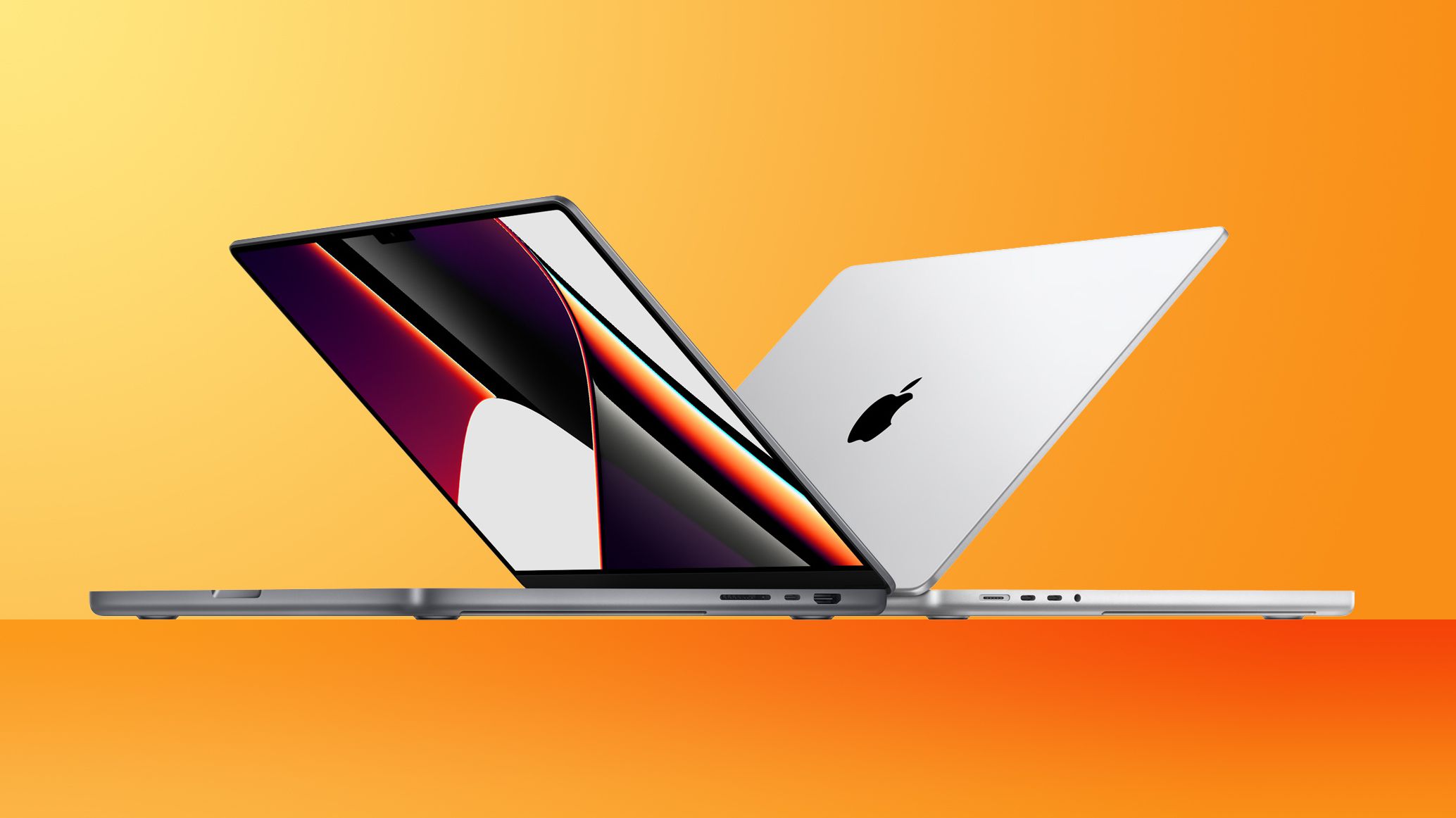It’s been over 200 days since Apple debuted its redesigned MacBook Pro lineup. Offered in 14-inch and 16-inch display sizes, the new-look MacBooks wowed Apple fans and creative pros alike with their powerful custom Apple silicon, mini-LED screen, and multiple connectivity options. But there are still some things you can’t do with a MacBook Pro. Here are five features some Mac users are still waiting for.
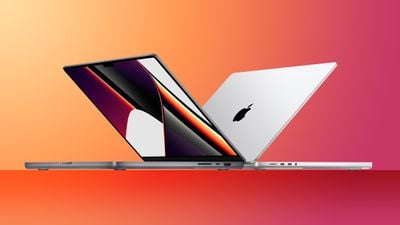
1.Support for 120Hz 4K Displays
Five years after it removed the HDMI port on the MacBook Pro, Apple in 2021 brought back the much-used multimedia interface to its top-of-the-line notebook. Unfortunately, the HDMI port that returned isn’t so top-of-the-line – it’s an HDMI 2.0 port instead of an HDMI 2.1 port.
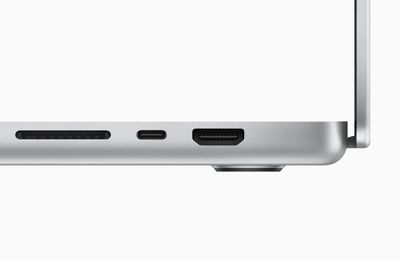
HDMI 2.1 technology would have allowed the port to run a 4K display with a 120Hz refresh rate. As it stands, the HDMI 2.0 port on the current MacBook Pro supports only a 4K display with a refresh rate of up to 60Hz.
Apple’s decision not to support 4K at 120Hz may well have been based on bandwidth limitations, but connecting Thunderbolt/USB-C displays results in a similar maximum refresh rate. According to Apple, the M1 Pro MacBook Pro models support up to two external displays with up to 6K resolution at 60Hz, while the M1 Max MacBook Pro models support up to three external displays with up to 6K resolution and one external display with up to 4K resolution at 60Hz.
2.Support for UHS-III SD Cards
In its bid to placate photographers and video producers, Apple reintroduced the SD card slot, not seen in a MacBook Pro model since 2015. What it didn’t explicitly advertise is that the slot doesn’t support UHS-III cards, which offer read and write speeds up to 624 MB/s. (That wasn’t the only disappointment: The SD card slot on the new MacBook Pros supports UHS-II cards, but only up to 250MB/s of data transfer, not the 312MB/s speeds that the standard is theoretically capable of.)

There may not be many UHS-III cameras out there yet, but future-proofing the connectivity on a notebook that costs upwards of $2,000 is always going to be a welcome measure.
3.Ethernet port
There’s a simple enough reason why Apple didn’t add Ethernet connectivity to its latest MacBook Pro: A standard Ethernet port is actually thicker than the notebook’s chassis. So why should this even be considered a glaring omission?
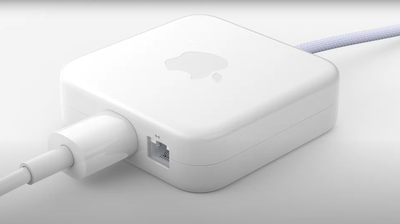
In fact, Apple faced the same challenge with the thin design of the latest 24-inch iMac, which unlike the MacBook Pro has traditionally included an Ethernet port. Apple’s solution was to place the Ethernet port in the power adapter. Apple says this “cool new innovation” allows users to keep their desks less cluttered, while still enjoying the benefits of Ethernet, which makes the lack of a similar port on the MacBook Pro power brick all the more surprising.
4. 5G Network Connectivity
Lenovo, Samsung, Acer, Dell, and HP all offer laptops with 5G connectivity, yet no Mac in Apple’s notebook lineup currently supports the cellular standard. The same can’t be said for Apple’s iPad range, with LTE versions of both the iPad Pro and iPad mini readily available.
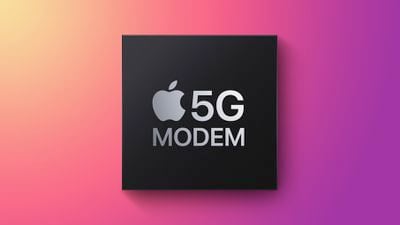
Should we expect the situation to change anytime soon? Perhaps so, if a report from January 2021 by well-connected Bloomberg journalist Mark Gurman is anything to go by. Apple has developed “underlying Mac support” for cellular connectivity, according to Gurman, and given that we know Apple is working on its own custom modem set to appear in iPhones as soon as 2023, here’s hoping that it makes an appearance in next year’s MacBook Pro.
5. Wi-Fi 6E Support
Some say Wi-Fi 6E is still too new for it to be worth Apple’s support yet. The counterargument is that the Google Pixel 6 and Samsung Galaxy S21 Ultra already comply with the standard, and users typically upgrade their smartphone far more frequently than their notebook.
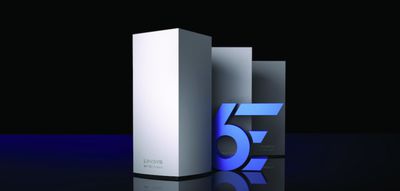
Wi-Fi 6E offers the features and capabilities of Wi-Fi 6, including higher performance, lower latency, and faster data rates, extended into the 6 GHz band. The additional spectrum provides more airspace beyond existing 2.4GHz and 5GHz Wi-Fi, resulting in increased bandwidth and less interference for devices that support Wi-Fi 6E.
Since early 2021 – months before the new MacBook Pro was launched – half a dozen routers and mesh systems have included the latest Wi-Fi 6E band. There will be more as time goes by. All of these reasons speak to why Apple is expected to support the standard in its first mixed reality headset, which is expected later this year or next. That it could feature in the next-generation of MacBook Pro is by no means outside the realms of possibility.
.
